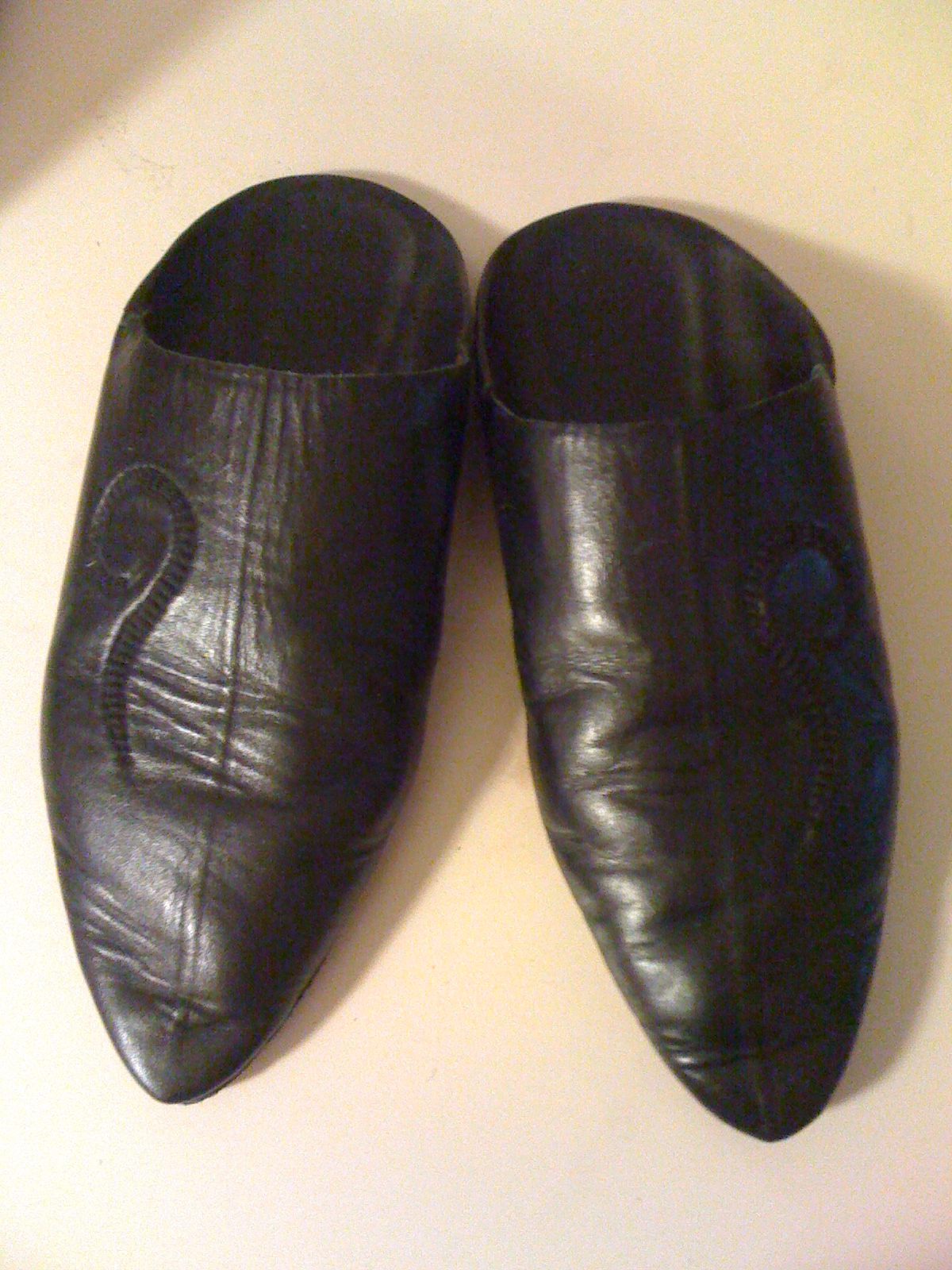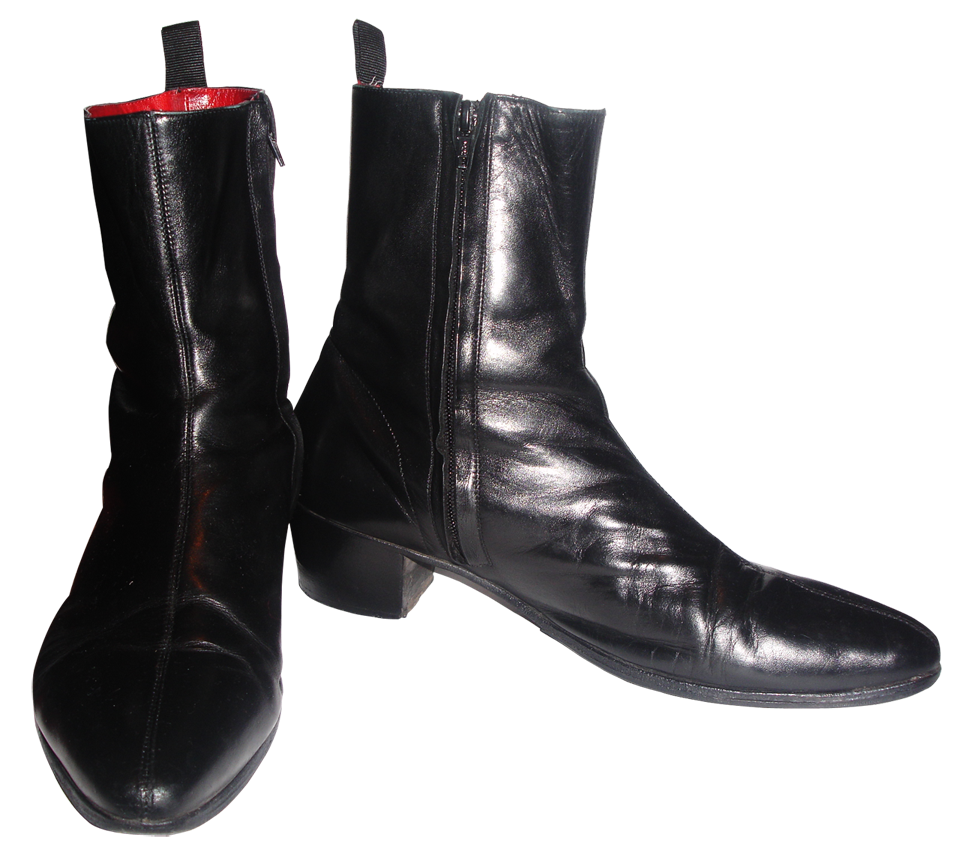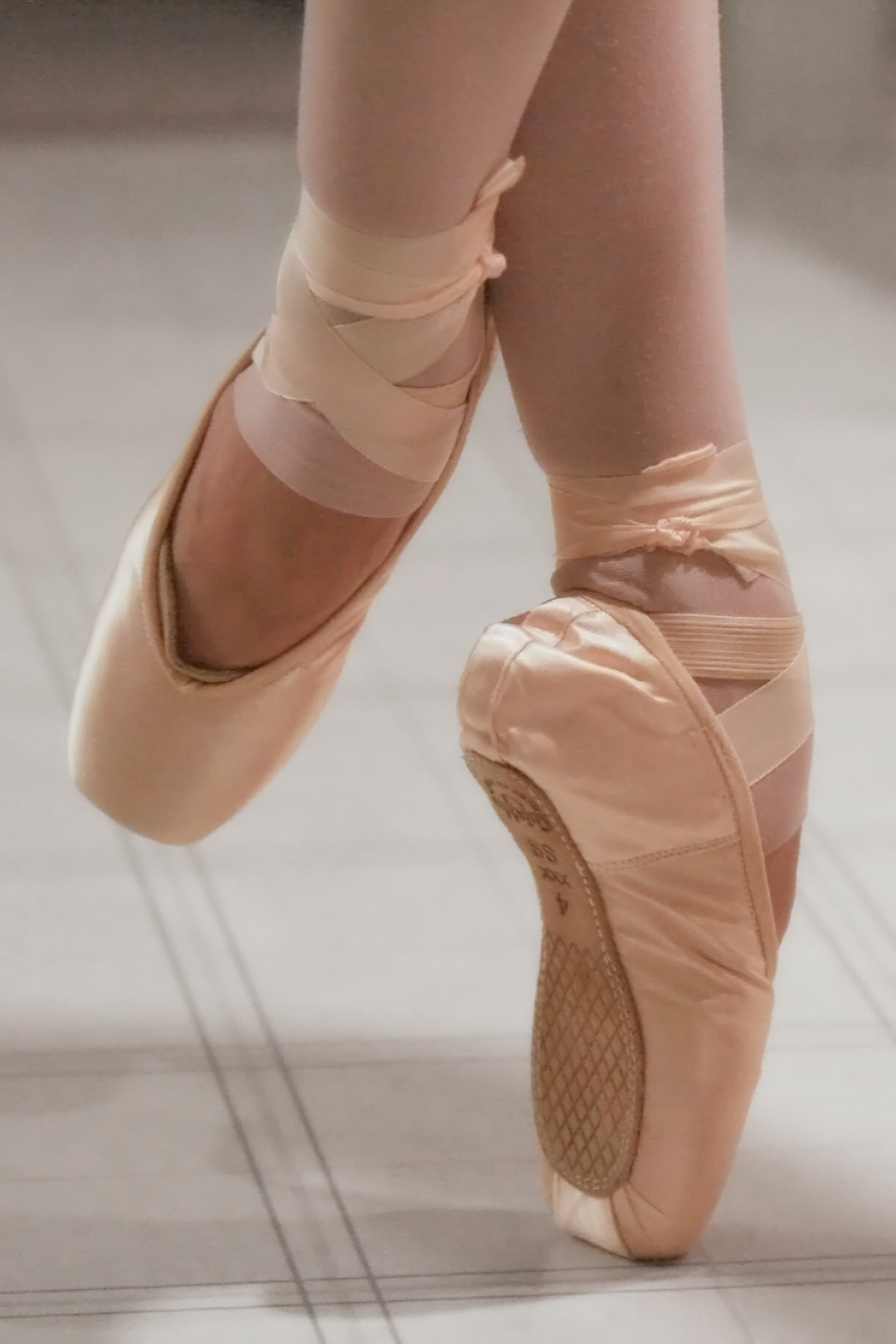|
List Of Shoe Styles
This is a list of shoe styles and designs. A shoe is an item of footwear intended to protect and comfort the human foot while doing various activities. Shoes are also used as an item of decoration. The design of shoes has varied enormously through time and from culture to culture, with appearance originally being tied to function. Additionally, fashion has often dictated many design elements, such as whether shoes have very high heels or flat ones. Contemporary footwear varies widely in style, complexity and cost. Shoemaking is the process of making footwear. Originally, shoes were made one at a time by hand. Traditional handicraft shoemaking has now been largely superseded in Quantity, volume of shoes produced by industrial mass production of footwear, but not necessarily in Quality (business), quality, attention to detail, or Artisan, craftsmanship. Shoe styles Shoe designers have described a very large number of shoe styles, including the following: * Abaca slippers * * * ... [...More Info...] [...Related Items...] OR: [Wikipedia] [Google] [Baidu] |
Adidas Sneakers Display - Several Left Shoes
Adidas AG (; stylized in all lowercase since 1949) is a German athletic apparel and footwear corporation headquartered in Herzogenaurach, Bavaria, Germany. It is the largest sportswear (activewear), sportswear manufacturer in Europe, and the second largest in the world, after Nike, Inc., Nike. It is the holding company for the Adidas Group, which also owns an 8.33% stake of the football club FC Bayern Munich, Bayern Munich, and Adidas Runtastic, Runtastic, an Austrian fitness technology company. Adidas's revenue for 2024 was listed at €23 billion. The company was started by Adolf Dassler in his mother's house. He was joined by his elder brother Rudolf Dassler, Rudolf in 1924 under the name ''Gebrüder Dassler Schuhfabrik'' ("Dassler Brothers Shoe Factory"). Dassler assisted in the development of spiked running shoes (track spikes, spikes) for multiple athletic events. To enhance the quality of spiked athletic footwear, he transitioned from a previous model of heavy metal sp ... [...More Info...] [...Related Items...] OR: [Wikipedia] [Google] [Baidu] |
Balgha
Balgha (), also spelled balga, belgha, or belga, are heelless slippers made from leather. They are part of traditional dresses of the Maghreb and Egypt. Balghas are worn by men and women of all social classes, both in urban and rural areas. It is also known a Babouche Slippers by Moroccans. In Morocco, they are seen as luxury footwear and are available in various colors, materials and patterns. See also * List of shoe styles This is a list of shoe styles and designs. A shoe is an item of footwear intended to protect and comfort the human foot while doing various activities. Shoes are also used as an item of decoration. The design of shoes has varied enormously throug ... Sources * * Arab culture Islamic culture Arabic clothing African clothing Folk footwear Slippers {{Africa-culture-stub ... [...More Info...] [...Related Items...] OR: [Wikipedia] [Google] [Baidu] |
Caulk Boots
Caulk boots or calk boots (also called cork boots, timber boots, logger boots, logging boots, or corks) are a form of rugged spike-soled footwear that are most often associated with the timber industry. They are worn for traction in the woods and were especially useful in timber rafting. These boots were part of the traditional lumber worker's basic equipment, along with axe, peavey and crosscut saw. Caulk boots are distinguished by their soles' steel spikes (calks) added for traction. They are typically made of leather or rubber uppers extending over the ankle, with a thick rubber sole. Ceramic calks are also available and have been reported to be less prone to wear and damage than steel. In spite of their cost (often more than $400, as of 2015), caulk boots are usually the preferred footwear of experienced forest workers because of improved safety by reducing slips, trips, and falls when workers are traversing through logging slash, especially during wet weather. See also * ... [...More Info...] [...Related Items...] OR: [Wikipedia] [Google] [Baidu] |
Bovver Boot
A bovver boot is a type of boot that has been associated with violence. Such boots are generally of sturdy design and may be steel-toed. They have been considered as offensive weapons used by hooligans for kicking opponents while street fighting. The boots became known in the late 1960s in the United Kingdom, and continue to be a fashion statement associated with rebellion. History The term '' bovver'' in the UK developed as a th-fronting slang term (probably Cockney) for "bother", and was used in connection with aggro (aggravation; aggressive behaviour) by skinheads and hooligans in the late 1960s. Heavy steel-toe boots were stereotypically worn by skinheads, and were termed bovver boots. Initially, heavy black army surplus boots were worn, but later, yellow-stitched Dr. Martens were adopted as the boots of choice. Use in football hooliganism was countered by warnings to fans that they would have to remove such boots in order to attend football matches. Punk rockers ... [...More Info...] [...Related Items...] OR: [Wikipedia] [Google] [Baidu] |
Beatle Boot
A Beatle boot or Cuban boot is a style of boot that has been worn since the late 1950s but made popular by the English rock group the Beatles in the 1960s. The boots are a variant of the Chelsea boot: they are tight-fitting, Cuban-heeled, ankle-high boots with a sharp pointed toe. The style can feature either elastic or zipped sides. Beatle boots saw the reintroduction of high-heeled footwear for men. History Beatle boots are a direct descendant of the Chelsea boot, but have an even more pointed toecompare the slightly earlier winklepickersand a centre seam stitch running from ankle to toe, and the flamenco boot, from which its Cuban heel was derived. Beatle boots originated in 1958, but in October 1961 English musicians John Lennon, George Harrison and Paul McCartney saw Chelsea boots while in Hamburg, being worn by a London band, and then went to the London footwear company Anello & Davide to commission four pairs (with the addition of Cuban heels) for the Beatle ... [...More Info...] [...Related Items...] OR: [Wikipedia] [Google] [Baidu] |
Australian Work Boot
An Australian work boot (or generically elastic-sided boot) is a style of work shoe, typically constructed with a leather upper bound together with elastic sides and pull tabs on the front and back of the boot. The shoe lacks a tongue, and laces, and often contains a steel toe cap for occupational health and safety reasons. When the shoe contains a steel cap they are often known as "safety boots" or " steel toe boots". The boots generally lack an inner lining. The sole is generally polyurethane and the leather uppers are treated to be resistant to hot water, fats and mild alkaline and acid solutions. The elasticated side design, originally invented in England by Joseph Sparkes Hall in 1837, allows the wearer to put on or remove their boots without the hassle of laces, while enjoying the firm fit of lace-up boots. In addition due to the boot not using laces, the fit is less tight, allowing the foot to breathe, which is beneficial in warm weather. Additionally, the lack of a ... [...More Info...] [...Related Items...] OR: [Wikipedia] [Google] [Baidu] |
Boot
A boot is a type of footwear. Most boots mainly cover the foot and the ankle, while some also cover some part of the lower calf. Some boots extend up the leg, sometimes as far as the knee or even the hip. Most boots have a heel that is clearly distinguishable from the rest of the sole, even if the two are made of one piece. Traditionally made of leather or rubber, modern boots are made from a variety of materials. Boots are worn both for their functionality and for reasons of style and fashion. Functional concerns include: protection of the foot and leg from water, mud, pestilence (infectious disease, insect bites and stings, snake bites), extreme temperatures, sharp or blunt hazards (e.g. work boots may provide steel toes), physical abrasion, corrosive agents, or damaging radiation; ankle support and traction for strenuous activities such as hiking; and durability in harsh conditions (e.g. the underside of combat boots may be reinforced with hobnails). In some cases, th ... [...More Info...] [...Related Items...] OR: [Wikipedia] [Google] [Baidu] |
Boat Shoe
Boat shoes (also known as deck shoes or top-siders) are typically canvas or leather with non-marking rubber soles designed for use on a boat. A siping pattern is cut into the soles to provide grip on a wet deck; the leather construction, along with the application of oil, is designed to repel water; and the stitching is highly durable. Boat shoes are traditionally worn without socks. History Modern boat shoes were invented in 1935 by American Paul A. Sperry of New Haven, Connecticut after noticing his dog's ability to run easily over ice without slipping. Using a knife, he cut siping into his shoes' soles, inspiring a shoe appropriate for boating and a company called Sperry Top-Sider. Sperry Top-Siders are still a popular brand of boat shoe today, among many others, including Boatman Shoes, Portside, Sebago and Timberland. Boat shoes are worn by both women and men. Use Sailors use boat shoes, as the name suggests; however, since the 1970s they have become casual footwear in ... [...More Info...] [...Related Items...] OR: [Wikipedia] [Google] [Baidu] |
Blucher Shoe
A blucher ( or , , ) is a style of shoe with open lacing, its vamp made of a single piece of leather ("one cut"), with shoelace eyelets tabs sewn on top. The blucher is similar to a derby since both feature open lacing, in contrast to the Oxford shoe, which uses closed lacing. However, in the derby, the upper has large quarters with eyelets sewn on top, and in the blucher, the upper is made of one cut, with only the small eyelet tabs sewn on top. In American English, the terms are sometimes elided, with "blucher" also being used to refer to derby shoes and "Oxford" also being used to refer to bluchers. The blucher is named after the 18th-century Prussian Field Marshal Gebhard Leberecht von Blücher, who commissioned a boot with side pieces lapped over the front in an effort to provide his troops with improved footwear. The design was adopted by armies across Europe. See also * List of shoe styles This is a list of shoe styles and designs. A shoe is an item of footwear ... [...More Info...] [...Related Items...] OR: [Wikipedia] [Google] [Baidu] |
Bast Shoe
Bast shoes are shoes made primarily from bast—fiber taken from the bark of trees, such as linden. They are a kind of basket, woven and fitted to the shape of a foot. Bast shoes are a traditional footwear of the forest areas of Northeastern Europe, formerly worn by poorer members of the Finnic peoples, Balts, Russians, and Belarusians. They were easy to manufacture, but not durable. Similar shoes have also been made of strips of birchbark in more northern areas where bast is not readily available. Bast shoes have been worn since prehistoric times. Wooden foot-shaped blocks (lasts) for shaping them have been found in Neolithic excavations, e.g. 4900 years old. Bast shoes were still worn in the Russian countryside at the beginning of the twentieth century. Today bast shoes are sold as souvenirs and sometimes worn by ethnographic music or dance troupes as part of their costume. In Russian, they are called lapti (''лапти'', sing. '' лапоть'', lapot); this word i ... [...More Info...] [...Related Items...] OR: [Wikipedia] [Google] [Baidu] |
Pointe Shoe
A pointe shoe (, ), also referred to as a ''ballet shoe'', is a type of shoe worn by ballet dancers when performing pointe technique, pointe work. Pointe shoes were conceived in response to the desire for dancers to appear weightless and sylph-like and have evolved to enable dancers to dance ''en pointe'' (on the tips of their toes) for extended periods of time. They are manufactured in a variety of colors, most commonly in shades of light pink. History Women began to dance ballet in 1681, twenty years after King Louis XIV of France ordered the founding of the Académie Royale de Danse. At that time, the standard women's ballet shoe had heel (shoe), heels. In the 1730s, dancer Marie Camargo of the Paris Opéra Ballet was the first to wear a non-heeled shoe, enabling her to perform leaps that would have been difficult, if not impossible, in the more conventional shoes of the age. After the French Revolution, heels were completely eliminated from standard ballet shoes. These flat- ... [...More Info...] [...Related Items...] OR: [Wikipedia] [Google] [Baidu] |









